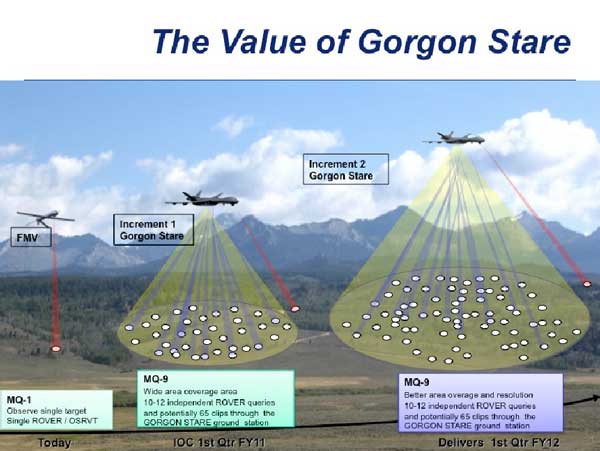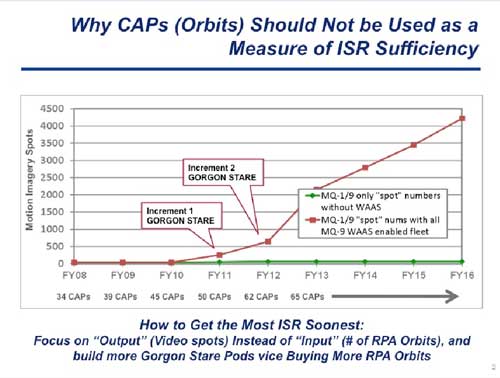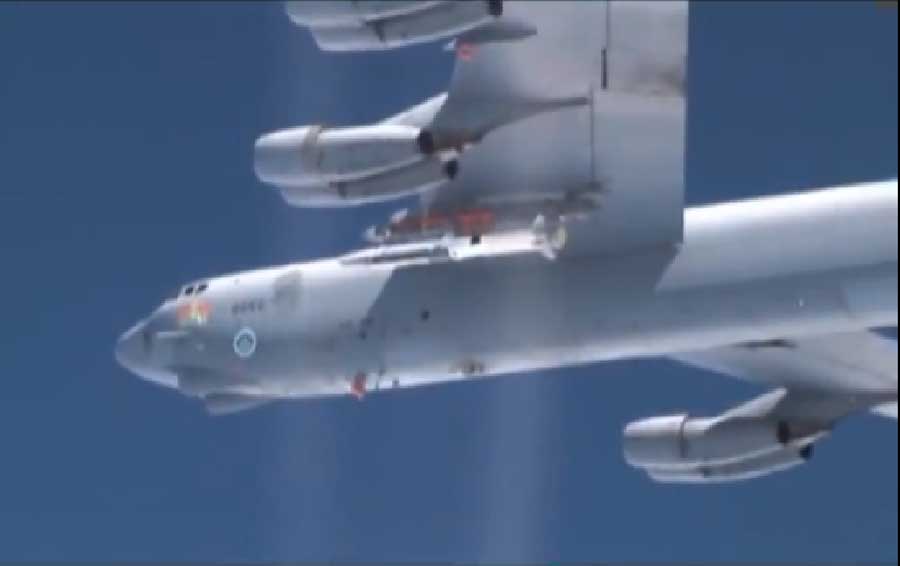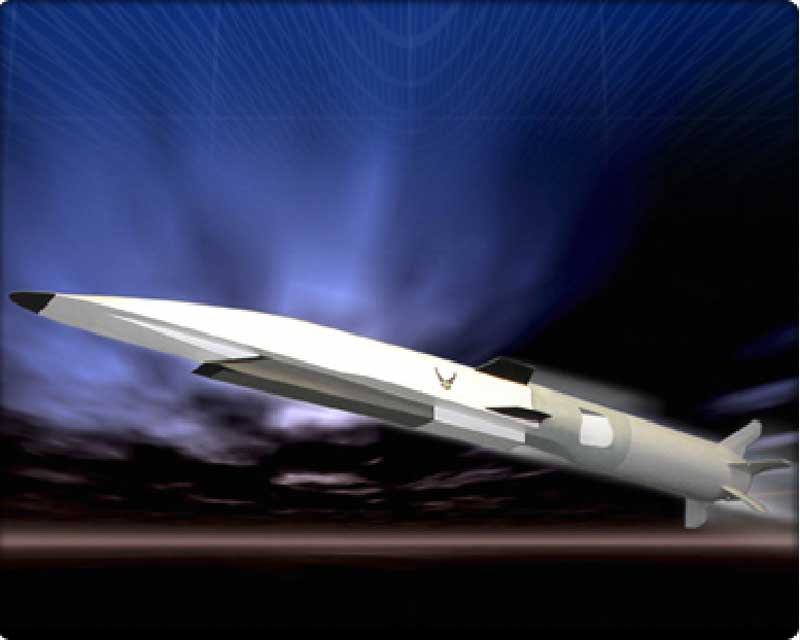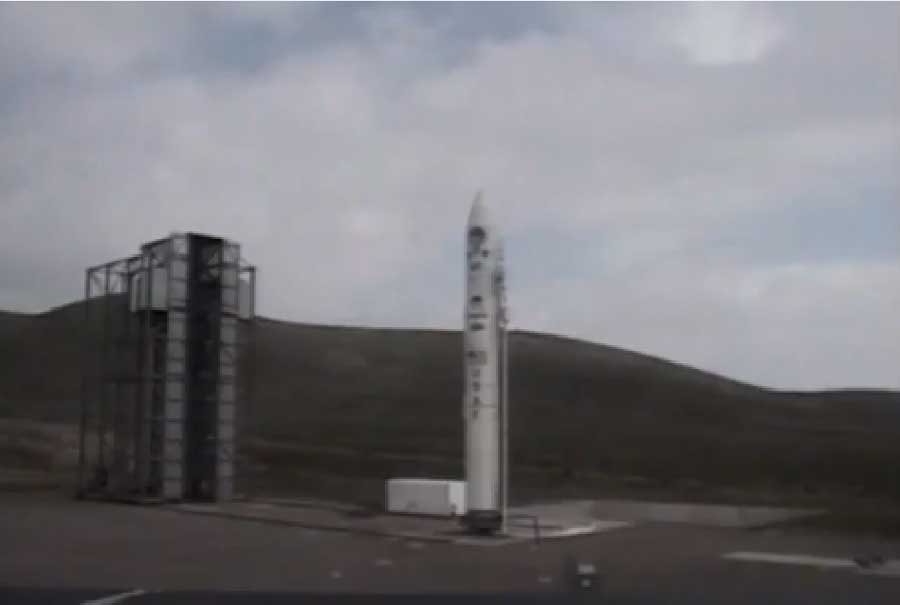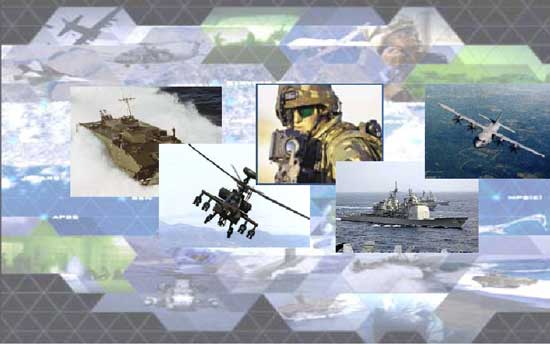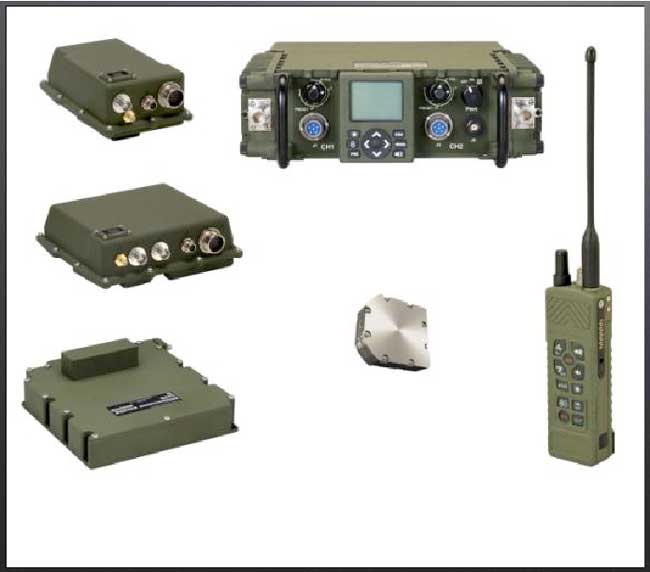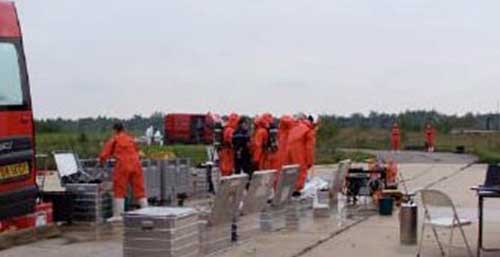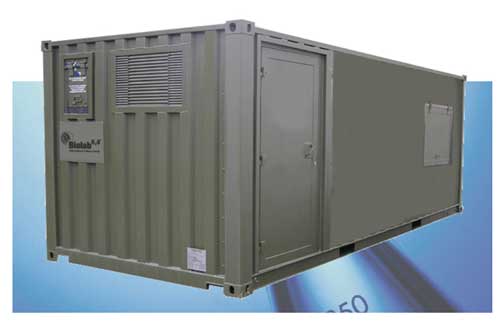The U.S. Military and Bahrain
By Dr. Richard Weitz
02/24/2011 – One of the most important U.S. Navy bases in the world is located a few miles from the site of the mass protests in Bahrain: the headquarters of the Fifth Fleet. There are presently more than 2,000 American military personnel, and several thousand more support contractors working in the 100-acre command facility in Jaffair suburb of the capital city of Manama. If one includes their families, then the U.S. military community in Bahrain exceeds 6,000 people.
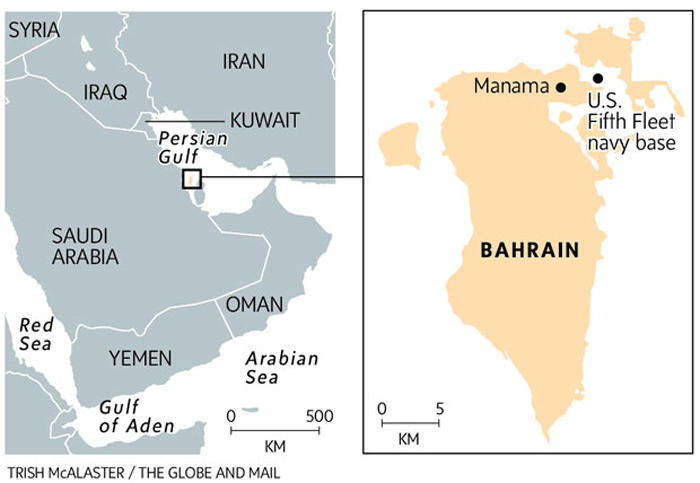
(Credit: http://www.theglobeandmail.com/news/world/bahrain-locator-map/article1912360/?from=1910989)
The base has been providing food, fuel, water, and other supplies to the U.S. Navy ships operating in the Persian Gulf, which has some 2.5 million square miles of water, for more than half a century. The U.S. Navy first started using Bahrain’s port during the 1940s and in 1950, began leasing headquarters space from the British.
In 1971, the British government was compelled to reconcile the imbalance between its global security commitments and its declining resources by transferring its Gulf security role, and the Bahrain base, to the United States.
The U.S. Middle East Force (MIDEASTFOR), its successor NAVCENT (a naval component of U.S. Central Command, CENTCOM), and the Fifth Fleet since its reactivation in July 1995 (following its disbandment at the end of World War II) have had their headquarters in Bahrain. In 1999, the name of the base was changed from Administrative Support Unit Bahrain to Naval Support Activity Bahrain to reflect its broader support role
Like NAVCENT, with which it shares the same headquarters, the Fifth Fleet reports to CENTCOM. The Sailors, Marines and civilians assigned to Commander, U.S. Naval Forces Central Command (COMUSNAVCENT), an Echelon II command, and Commander, U.S. Fifth Fleet (COMFIFTHFLT), an Echelon III command, support all naval operations in CENTCOM’s area of responsibility. COMUSNAVCENT/ COMFIFTHFLT has fulfilled the roles of both a naval component command and as the fleet command since the 1991 Persian Gulf War.
Ships rotationally deploy to the U.S. Fifth Fleet from the Pacific and Atlantic Fleets, though a few small vessels are based in the Gulf for longer periods. Perhaps the most important functions of the Bahrain naval base is to coordinate and support U.S. Navy operations in the Persian Gulf and surrounding regions. The island of Bahrain itself is located halfway down the Persian Gulf just off the coast of Saudi Arabia and near the coast of Iran.
Only a few small U.S. Navy ships such as minesweepers are stationed at the Bahrain naval base on a regular basis, mostly anchored offshore, though the Pentagon has commenced a half-billion dollar project to double the base’s size with the Bahraini government constructing jetties to allow the ships to moor closer to the shore. In May 1999, the USS Dwight D. Eisenhower became the first U.S. aircraft carrier to dock at Bahrain in more than 60 years. The only previous carrier visit occurred in 1948, when the much smaller 11,373-tonne escort carrier USS Rendova docked in Bahrain port.
But the entire Fifth Fleet, run out of Bahrain, normally has Carrier Strike Group, Amphibious Ready Group or Expeditionary Strike Group, and other ships and aircraft with approximately 25,000 military personnel serving afloat and 3,000 support personnel ashore in Bahrain.
These naval forces typically represent some 60-80 percent of all American military forces in the Gulf area.
The base’s logistics and command-and-control functions have become especially important since 2001, when the United States dramatically increased its military presence in the Gulf region.
At present, the Fifth Fleet command controls two carrier battle groups, led by the USS Carl Vinson and the USS Enterprise, and some 30,000 sailors.
 Sailors assigned to Electronic Attack Squadron (VAQ) 134 prepare an EA-6B Prowler for a mission at sunset aboard Nimitz-class aircraft carrier USS Carl Vinson (CVN 70). Carl Vinson Carrier Strike Group is deployed supporting maritime security operations and theater security cooperation efforts in the U.S. 5th Fleet area of responsibility. (Credit Photo: USN Visual Service, 2/8/11)
Sailors assigned to Electronic Attack Squadron (VAQ) 134 prepare an EA-6B Prowler for a mission at sunset aboard Nimitz-class aircraft carrier USS Carl Vinson (CVN 70). Carl Vinson Carrier Strike Group is deployed supporting maritime security operations and theater security cooperation efforts in the U.S. 5th Fleet area of responsibility. (Credit Photo: USN Visual Service, 2/8/11)
The Bahrain base also supports security missions in nearby regions, such as the Red Sea, the Arabian Sea, the Gulf of Oman, and parts of the Indian Ocean such as the coast off East Africa as far south as Kenya. Twenty countries are the Fifth Fleet’s area of responsibility: Afghanistan, Bahrain, Egypt, Iran, Iraq, Jordan, Kazakhstan, Kyrgyzstan, Lebanon, Oman, Pakistan, Qatar, Saudi Arabia, Syria, Tajikistan, Turkmenistan, United Arab Emirates, Uzbekistan, and Yemen.
The vital maritime chokepoints of the Strait of Hormuz, the Suez Canal, and the Strait of Bob el Mandeb fall within this area.
The Fifth Fleet has played a major role, along with foreign navies, in the operations against Somali-based pirates. Originally concentrated in the Gulf of Aden, the pirates have extended their operations in recent year to other bodies of waters under the Fifth Fleet’s area of responsibility. Their raids now extend deep into the Indian Ocean, both eastward and southward, and threaten an area estimated at some 2.5 million square miles.
The use of so-called “mother ships” is a particularly effective means of conducting long-distance pirate attacks since these vessels, typically seized commercial trawlers, can operate at a much longer distance and for a much longer duration than the traditional Somali pirate skiff. In fact, the pirates will use their skiffs for rapid attacks and then return to the more secure mother ship.
In January 2011, Bahrain assumed a rotational command of Combined Task Force (CTF) 152 for the second time. CTF 152 is a multinational force that interdicts the movement of terrorists, narcotics, arms, or items related to weapons of mass destruction in the Arabian Sea. CTF 152 also provides maritime infrastructure protection and supports regional engagement of maritime partners. Australia, France. Italy, Kuwait, New Zealand, the United Arab Emirates, the United Kingdom, and the United States have also participated in CTF 152, one of three task forces operated by Combined Maritime Forces (CMF), a coalition of 25 countries based in Bahrain. Bahrain has provided important support for several vital U.S.-led military campaigns in the region.
The 10-year bilateral defense cooperation agreement signed in October 1991, and renewed in 2001, gives the U.S. Air Force access to Bahrain’s air bases, allows the Pentagon to preposition defense material in Bahrain, and provides for joint military training and mutual consultations in a crisis. The United States has flown combat missions from Bahrain’s Shaykh Isa Air Base in Operation Desert Shield/Storm during the 1990-91 Persian Gulf War, Operation Enduring Freedom (OEF) since October 2001, and Operation Iraqi Freedom (OIF), which commenced with the Anglo-American invasion of Baghdad in March 2003.
Bahrain was a founding member of the Gulf Cooperation Council (GCC) in 1991, along with Kuwait, Oman, Qatar, Saudi Arabia, and the United Arab Emirates. As part of its security commitments to fellow GCC members Kuwait and Saudi Arabia, Bahrain hosted almost 20,000 U.S. troops and several hundred U.S. combat aircraft during Operation Desert Shield/Storm. Bahrain’s combat planes and a small ground force also joined the coalition campaign to defend Saudi Arabia and liberate Kuwait. More than 1,000 U.S. forces remained in Bahrain in the 1990s to help contain Iraq.
During this period, Bahrain hosted the regional headquarters for U.N. weapons inspections in Iraq. It did the same for the U.S.-led Multinational Interdiction Force (MIF) that enforced U.N. sanctions against Iraq after 1991. The government of Bahrain acceded to the request of fellow GCC member Kuwait to deploy the Peninsula Shield, the GCC’s collective military force, in the period before and during the launching of OIF in March 2003. In 2008, Bahrain appointed a new ambassador to Baghdad, despite the refusal of Saudi Arabia and other Gulf states to do likewise due to their differences with Iraqi Prime Minister Nuri al-Maliki’s Shiite-led government.
Due to its location, the Bahrain base currently provides essential support for U.S. military operations designed to protect freedom of navigation in the Persian Gulf, especially for the vital oil deliveries that proceed through the 29-mile Strait of Hormuz near the Gulf’s entrance.
This energy flow amounts for more than one-fifth of the world’s petroleum shipments. In addition to the independent operations of the U.S. Navy-Marine Corps Team, the Fifth Fleet engages in joint exercises and theater security cooperation with the militaries of Bahrain and other GCC members.
Since the overthrow of Iraqi dictator Saddam Hussein in 2003, Iran has presented the main threat to these vital sea lanes. In any major military conflict involving Tehran, and obvious Iranian move would be to threaten to, or actually attack, the ships sailing in the Gulf or the vital offshore energy platforms of Bahrain, Saudi Arabia, and the other GCC members.
Despite its ambitions, the GCC remains primarily a diplomatic rather than a military alliance. Its members would have difficulty protecting their critical infrastructure in the event of a war with Tehran without U.S. military support. Tiny Bahrain, with a population of not more half a million people, would be quickly overwhelmed despite the strong commitment of the Saudi monarchy to their fellow rulers in Bahrain. The Saudis constructed a causeway to Bahrain in the 1980s so that Saudi military forces could more easily rush to Bahrain’s aid, but this intervention would be to counter domestic disturbances, perhaps supported by Iran, rather than a direct Iranian attack.
In the mid-1990s, the Saudi government dispatched troops to help secure Bahrain from domestic terrorist bombings. The Saudis might do the same thing if the current wave of unrest becomes more threatening to the regime. The current Iranian regime has formally accepted U.N. Security Council Resolution 278, which affirmed Bahrain’s right to independence in 1970 despite earlier claims by the Iranian regime that Bahrain was Iran’s 14th province based on the control past Iranian dynasties exercised over the island.. Bahrain joined the UN and the Arab League when it gained formal independence in 1971. Like the other Gulf countries, Bahrain has extensive economic ties with Iran.
Still, the presence of a Shiite majority in a Sunni-ruled country naturally evokes concern about Iranian subversion of the current Bahrain regime.
Certain Iranian political leaders, clerics, and media commentaries have repeatedly questioned the appropriateness of the U.N. decision. The governments of Bahrain in turn has contested Iran’s nuclear weapons intentions, with Bahrain’s leaders expressing greater concern in public that Tehran seeks nuclear weapons than most of their fellow GCC states.
Although the current wave of protests by Bahrain’s majority Shiite population appears due to homegrown grievances, Iran would presumably welcome the overthrow of the pro-American monarchy in Bahrain and the possible eviction of U.S. forces from another Middle Eastern country.
The United States might be able to find another headquarters facility in the Persian Gulf, but it is unlikely to prove as hospitable as the one in Bahrain. American military personnel are not confined to certain compounds or residential communities for foreigners and their families are allowed to live with them in Bahrain.
Thus far, the protesters have not expressed anti-American sentiments but confined their demands to greater democracy for the majority Shiites.
The Bahrain Defense Force (BDF) consists of an air force, air defense, army, navy, and royal guard units. The BDF has some 13,000 personnel, most of whom in the army, as well as another 1,200 National Guard members. The coast guard and public security forces are separate elements that fall under the authority of the Minister of the Interior. The BDF has sent small troop contingents to the military operations in Afghanistan.
The most recent contribution has been a small police special security force. During both OEF and OIF, Bahrain also sent its U.S.-supplied frigate, the Subha, to help protect U.S. ships in the Persian Gulf. But the focus of the BDF is on homeland defense. The United States provides some security assistance to the country’s armed forces, including subsidizing some arms sales and training BDF personnel of various rank to the United States.
The U.S. Office of Military Cooperation is attached to the U.S. Embassy in Bahrain manages this security assistance. During the past decade, Bahrain has acquired $1.4 billion worth of arms from the United States, a figure that includes both the hardware and the extensive contractor support, ammunition, upgrades, and other components of these sophisticated systems.
Major weapons systems have included main battle tanks, Apache and Cobra attack helicopters, F-16C/D warplanes, and MLRS missile launchers with ATACMS. In recent years, the Defense Security Cooperation Agency has reported sales of 180 “Javelin” anti-armor missiles, 60M Blackhawk helicopters; Bell search and recovery helicopters, and a couple dozen AMRAAMs and associated equipment. The United States has been supplying advanced air and missile defense systems to Bahrain and other GCC members to help them establish a collective missile shield against Iran in collaboration with U.S. forces based in the region.
Due to Bahrain’ s limited defense budget (around $600 million each year, or some one-fifth of the annual government budget) and limited oil income from its depleted reserves and an offshore Saudi oil field sold on Bahrain’s behalf, some of these transfers are subsidized by the U.S. government.
Since 1993, Bahrain has received more than $400 million worth of excess defense articles (EDA) and approximately $200 million in Foreign Military Financing (FMF). The focus of this financial support is to help make the Bahraini armed forces more interoperable with U.S. military forces. In March 2002, Washington designated Bahrain as a “major non-NATO ally,” which has facilitated arms sales.
The United States also provides Bahrain with International Military Education and Training Funds as well as counterterrorism funding under the Non-Proliferation, Anti-Terrorism, De-Mining and Related Programs, used to sustain Bahrain’s counterterrorism capabilities and interdict terrorists. U.S. military aid to Bahrain in 2010 amounted to some $20 million.
The level of further U.S. weapons sales to Bahrain will partly depend on whether the BDF uses earlier U.S.-supplied weapons inappropriately against the demonstrators.
Appendix: Current Fifth Fleet Task Forces
CTF 50 – Strike forces: Plans & conducts strike operations. Commanded by a Carrier Strike Group Commander.
CTF 51 – Contingency Response: Plans & conducts contingency response missions.
CTF 52 – Mine Warfare: Provides command & control of all mine warfare assets in the region.
CTF 53 – Logistics: Provides logistics support to the Fleet, including underway replenishment by Military Sealift Command-operated ships.
CTF 54 – Submarine Forces: Commands operation of U.S. submarine forces (SSN/SSGN) and coordinates theatre-wide Anti-Submarine Warfare matters.
CTF 55 – Surface Forces: Controls surface forces such as USN Patrol Craft, U.S. Coast Guard patrol boats.
CTF 56 – Expeditionary Combat Forces: Controls Explosive Ordnance Disposal, Naval Coastal Warfare, SeaBees, Expeditionary Logistics SupportForces and Riverine Forces.
CTF 57 – Maritime Patrol Forces: Conducts maritime surveillance and reconnaissance operations region wide.
CTF 58 – Contingency Task Force: A specified task force stood up to provide command and control to designated missions.
CTF 59 – Humanitarian Assistance & Disaster Relief: Plans and conducts humanitarian assistance/disaster response missions such as to earthquakes, cyclones and oil spill response.
CTF IA – Individual Augmentee: Ensures Individual Augmentees deployed to the region receive the assistance they need.
CTF IM – Iraqi Maritime: Supports the Government of Iraq in maintaining the integrity of Iraqi territorial waters and the defense of the Al Basrah and Khawr Al Amaya oil terminals. Additionally, CTF-IM synchronises maritime efforts with U.S. Forces – Iraq to transition those tasks to the Iraqi Navy and Iraqi Marines.
CTF Shore Battlespace – Shore Battlespace: Coordinates all facility and security support for shore installations in the AOR.



 Sailors assigned to Electronic Attack Squadron (VAQ) 134 prepare an EA-6B Prowler for a mission at sunset aboard Nimitz-class aircraft carrier USS Carl Vinson (CVN 70). Carl Vinson Carrier Strike Group is deployed supporting maritime security operations and theater security cooperation efforts in the U.S. 5th Fleet area of responsibility. (Credit Photo: USN Visual Service, 2/8/11)
Sailors assigned to Electronic Attack Squadron (VAQ) 134 prepare an EA-6B Prowler for a mission at sunset aboard Nimitz-class aircraft carrier USS Carl Vinson (CVN 70). Carl Vinson Carrier Strike Group is deployed supporting maritime security operations and theater security cooperation efforts in the U.S. 5th Fleet area of responsibility. (Credit Photo: USN Visual Service, 2/8/11)